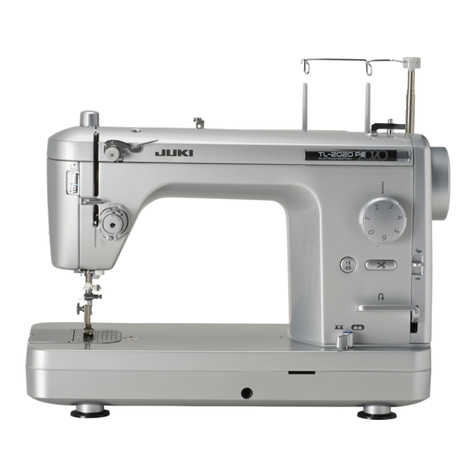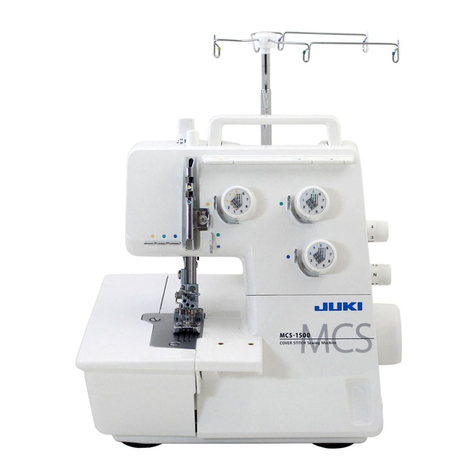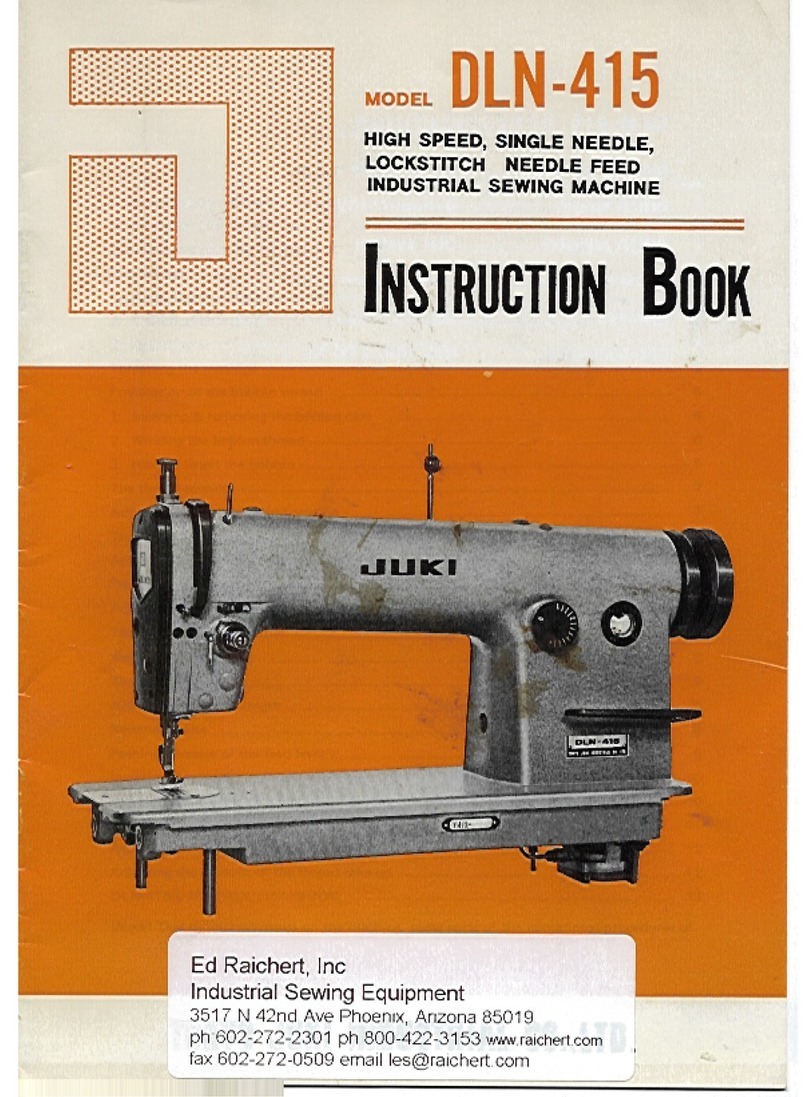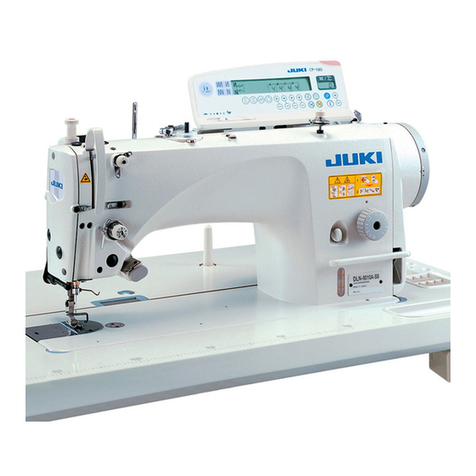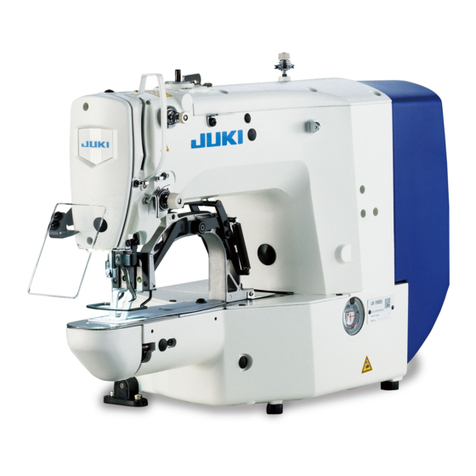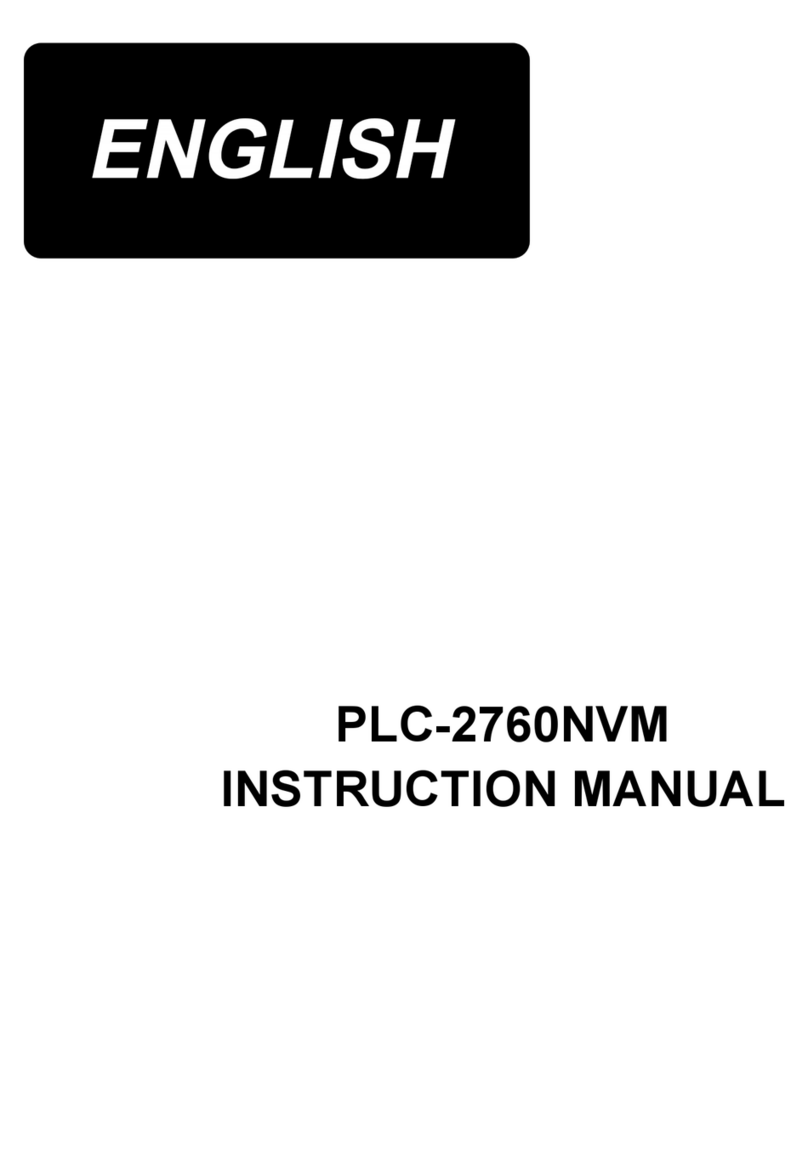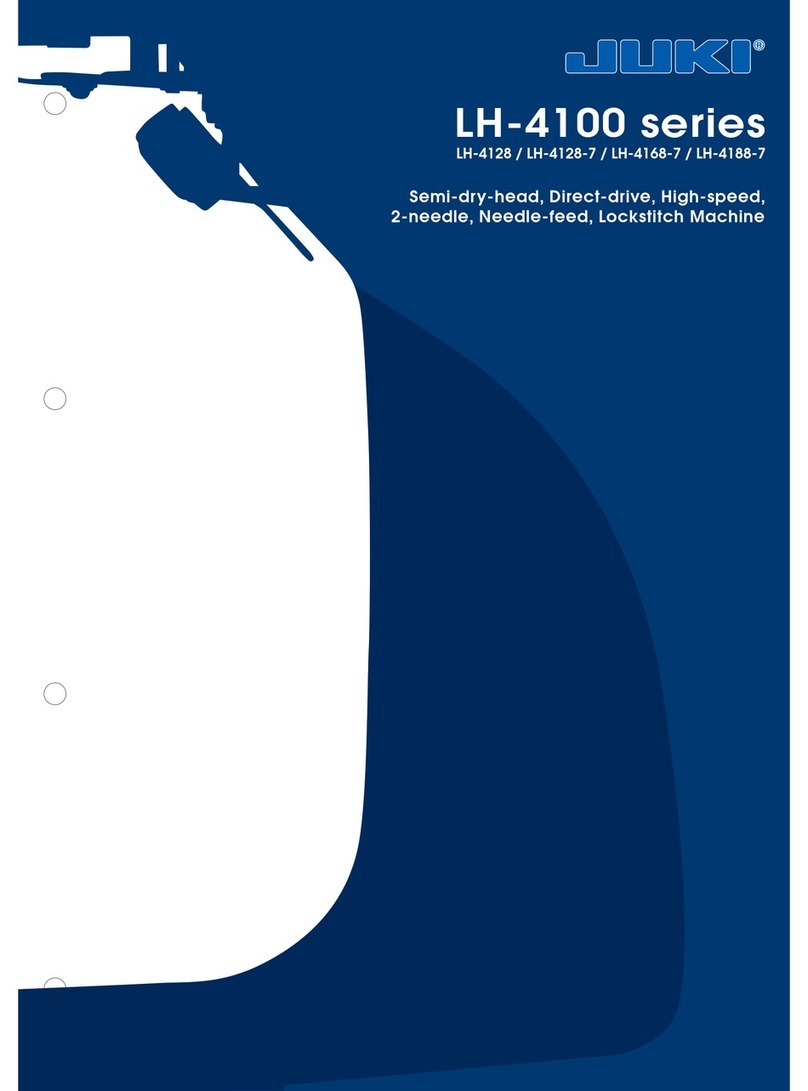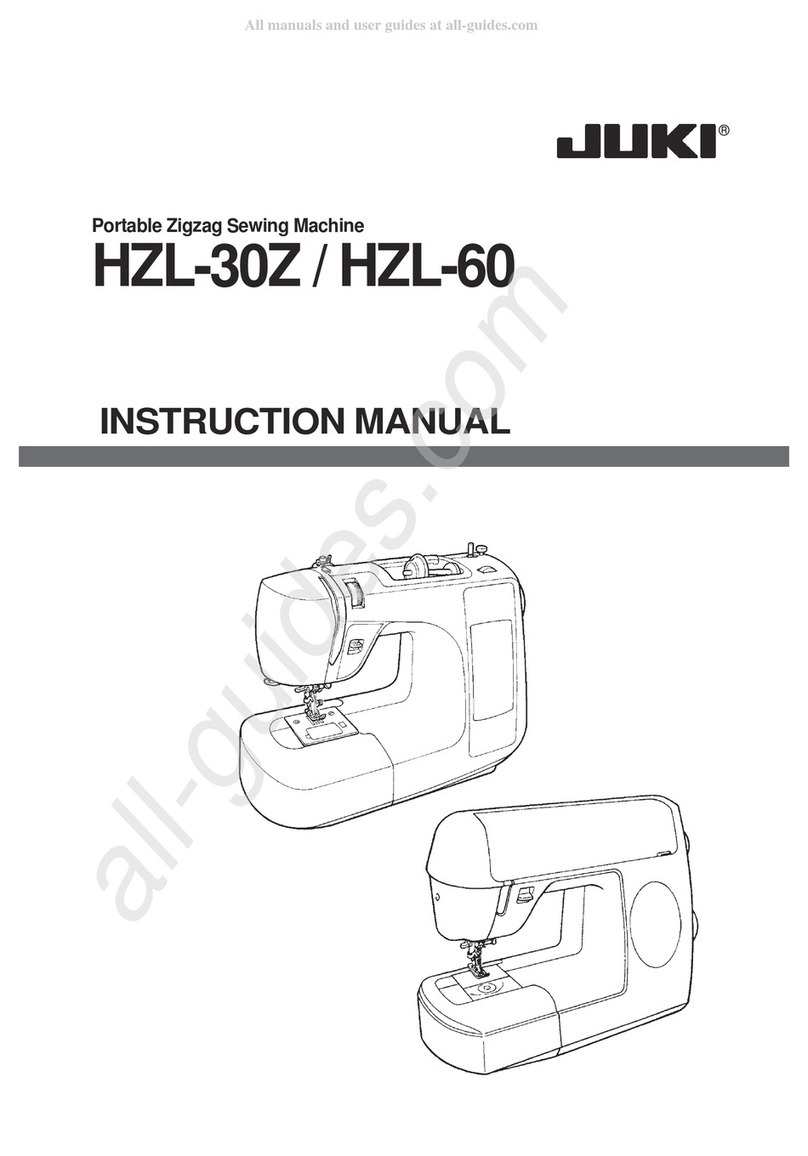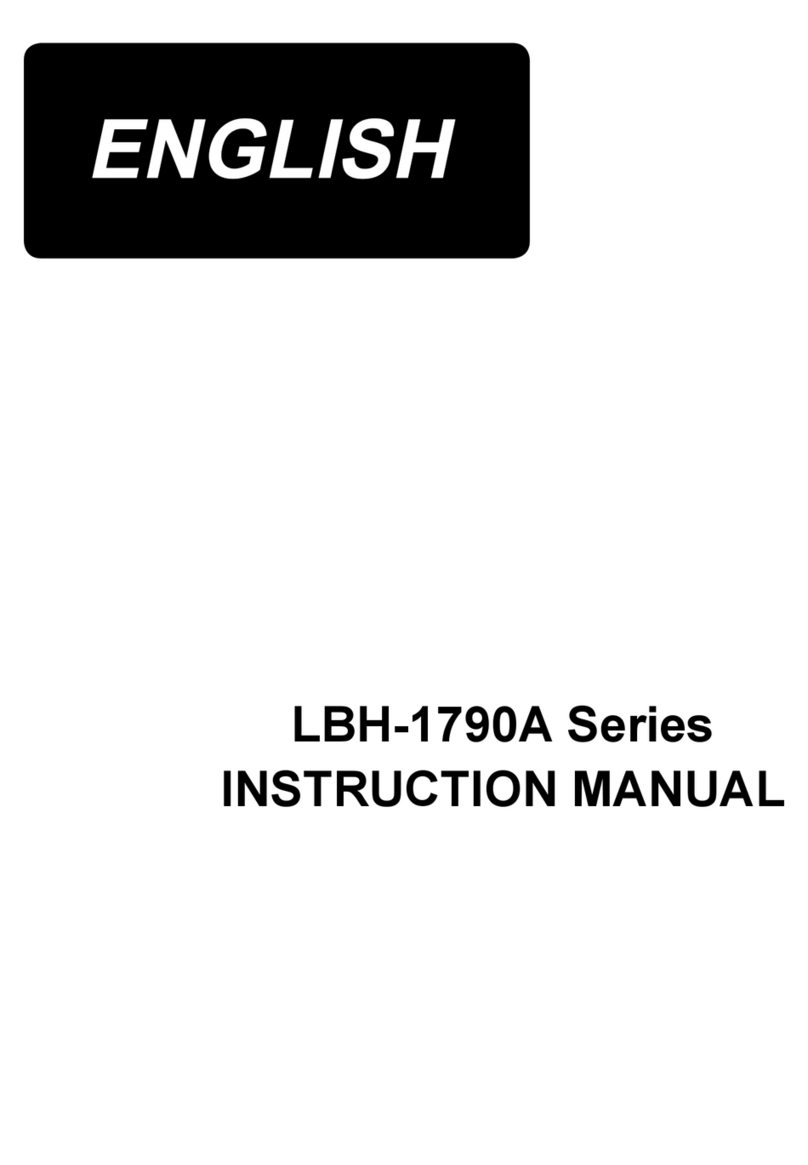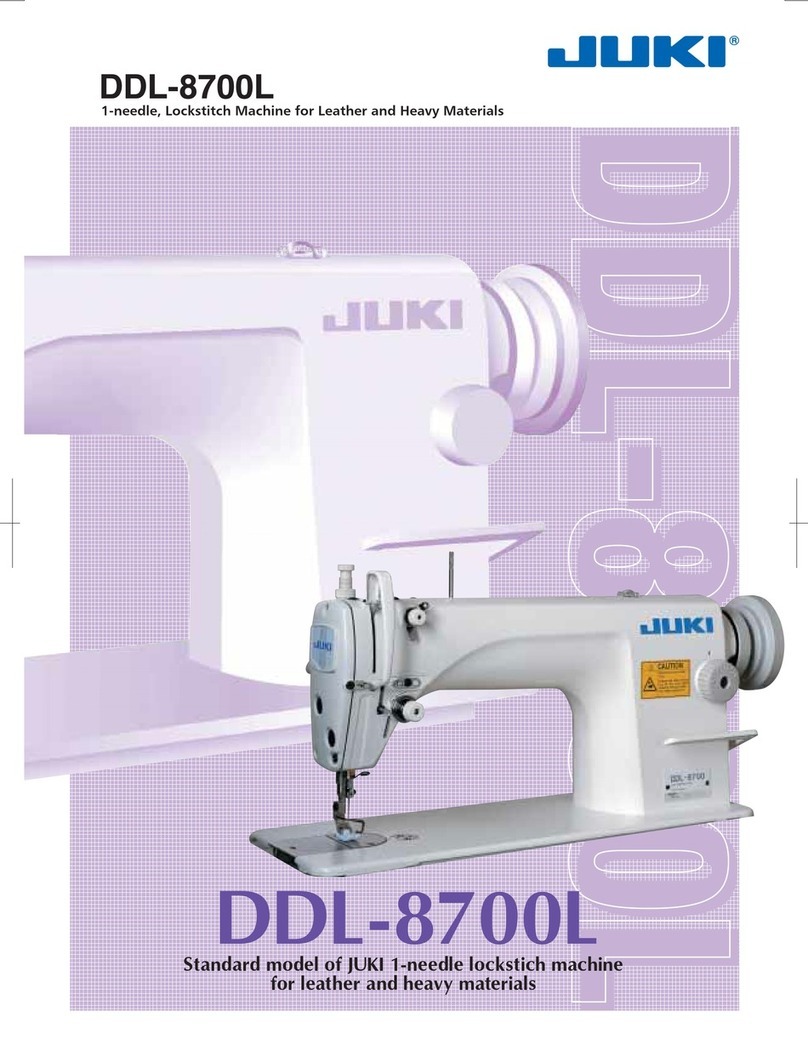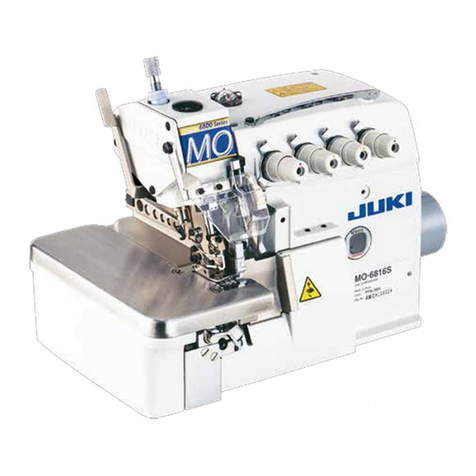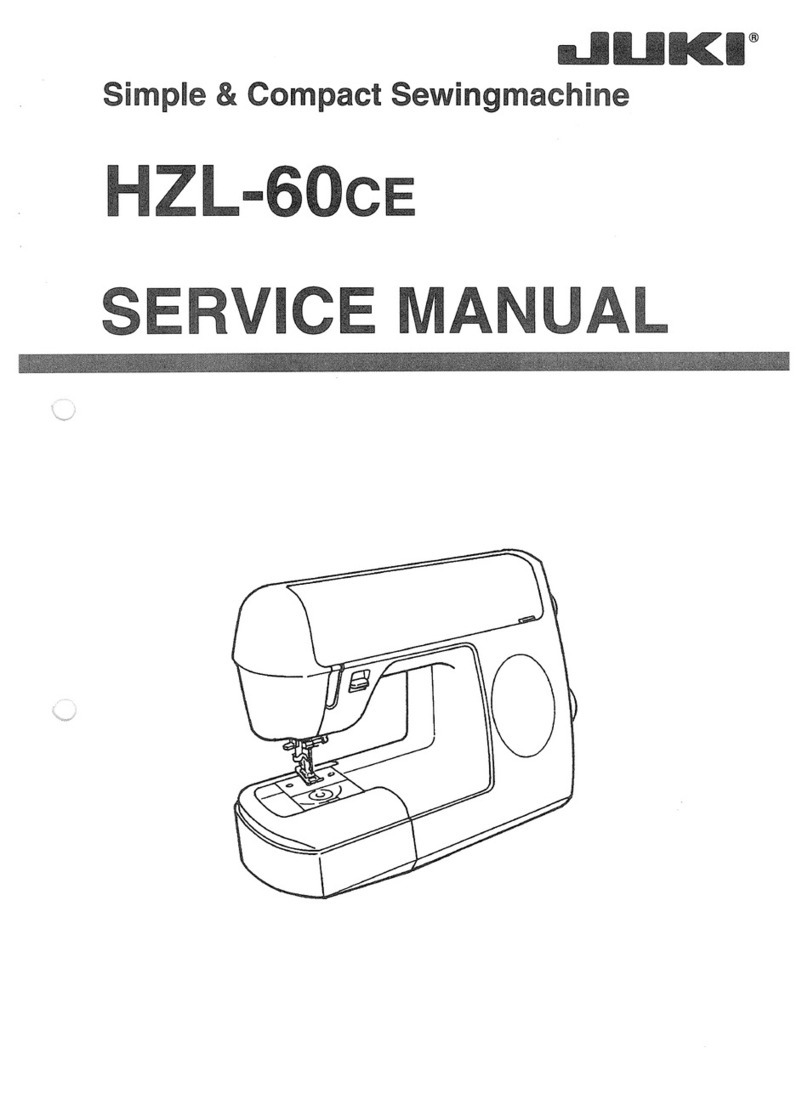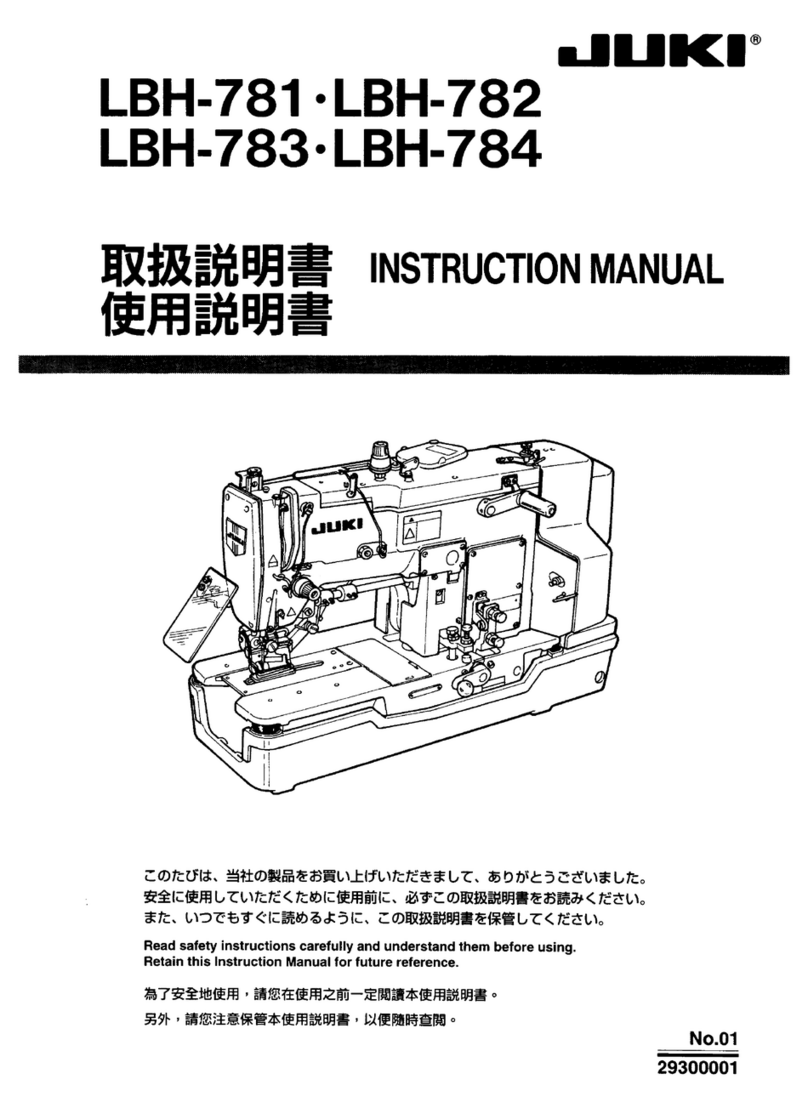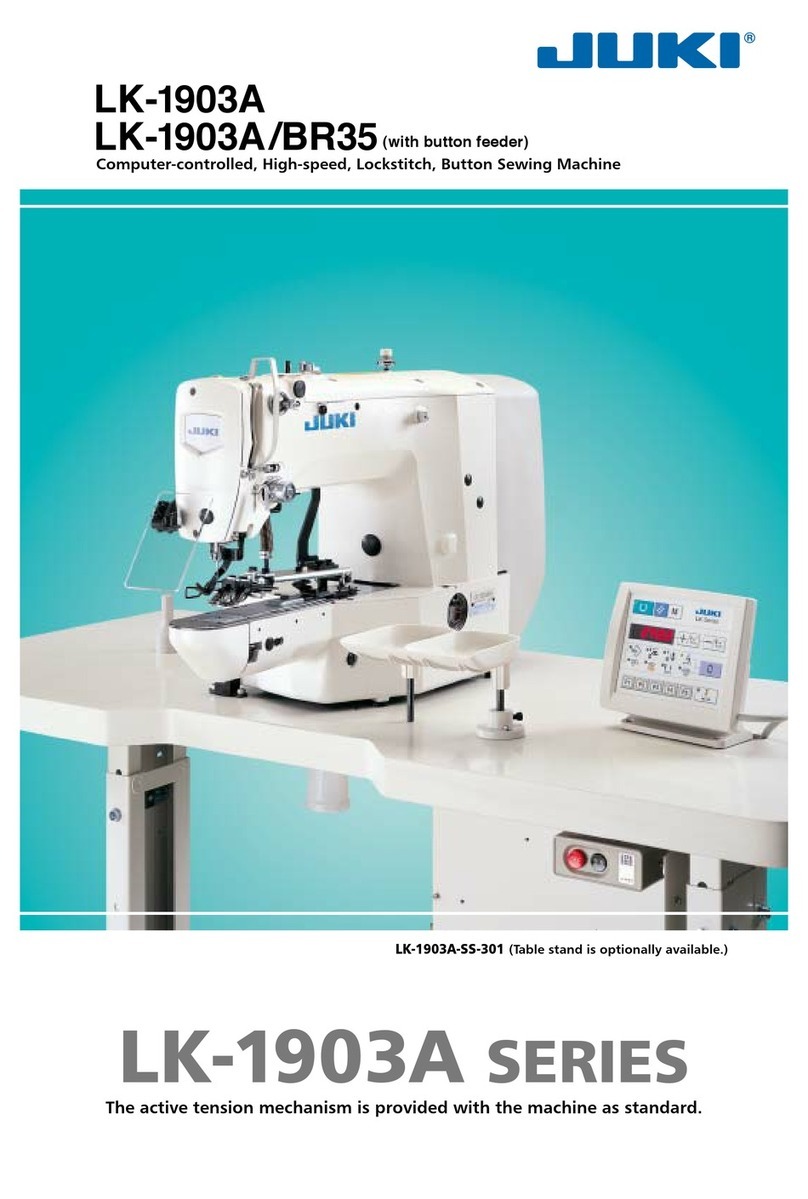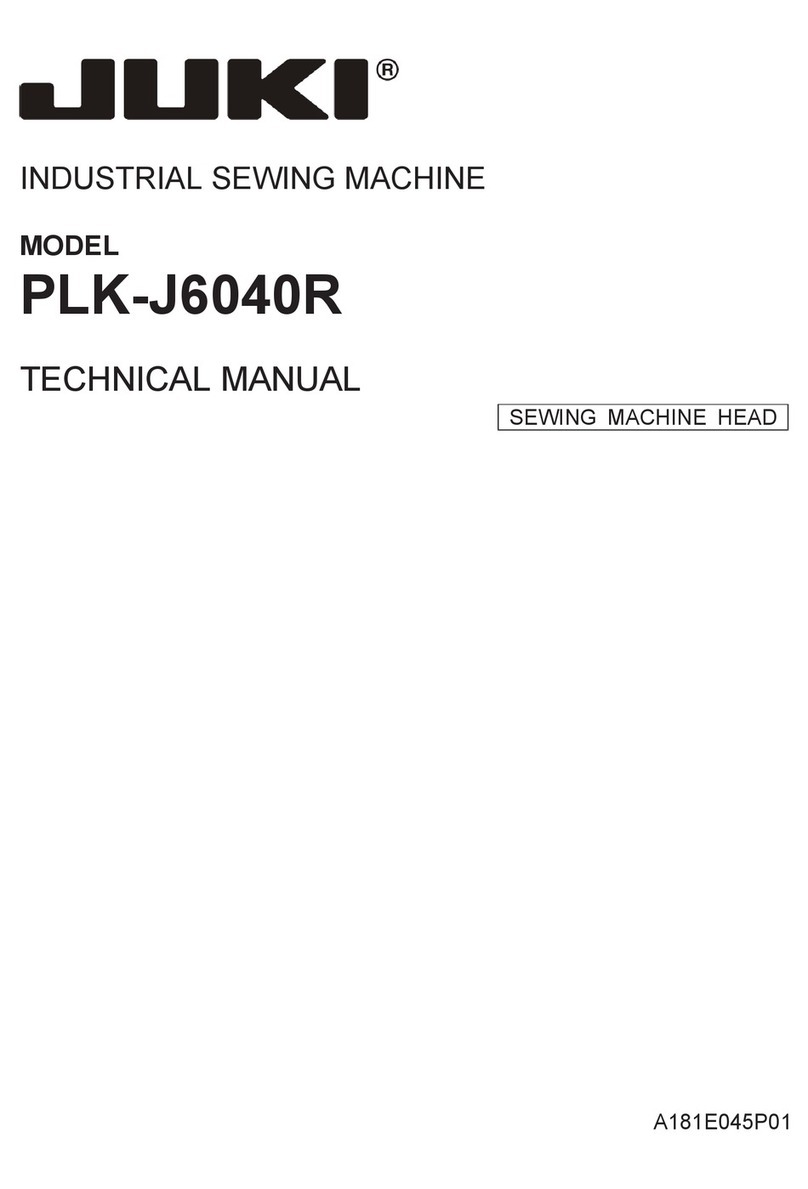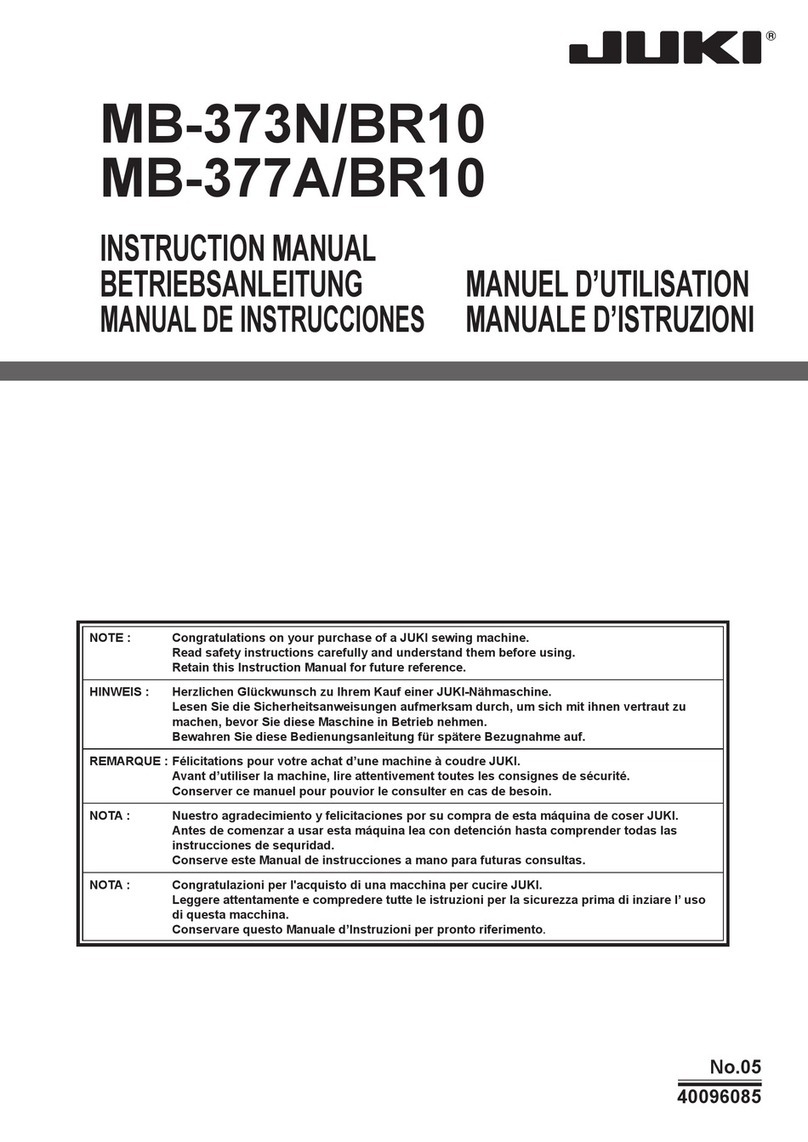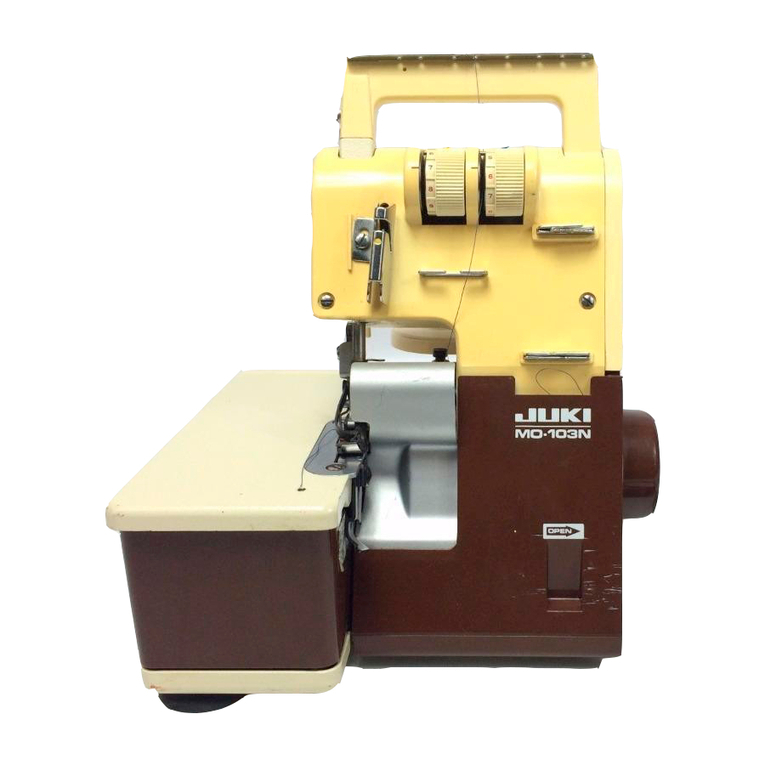
CONTENTS
1. Specifications ........................................................................................................ 1
(1) Roller mechanism/clutch type............................................................................................... 1
(2) Roller mechanism/belt type ...................................................................................................2
2. Model list ................................................................................................................ 3
(1) Model list using the roller mechanism of the clutch type................................................... 3
(2) Model list using the roller mechanism of the belt type....................................................... 3
3. Description of US model code.................................................................... 5
4. Description of model code.......................................................................... 6
5. Names of machine head.............................................................................. 7
6. How to pass the threads.............................................................................. 8
(1) Differential feed....................................................................................................................... 8
(2) 1 piece feed ............................................................................................................................. 9
7. Standard adjustment ............................................................................................10
(1) How to remove the gauge components and upper feed roller......................................... 10
(differential feed mechanism and 1 piece feed mechanism)
(2) Timing between the looper and needle bar........................................................................ 12
(3) Adjustment of the needle entry positions in the right-left and front-rear directions ..... 14
(4) Looper adjustment ............................................................................................................... 16
1) Looper return .....................................................................................................................................16
2) Adjustment of the clearance between the looper and needle............................................................16
(5) Adjustment of the needle bar height .................................................................................. 18
(6) Adjustment of the looper motion paths.............................................................................. 20
(7) Adjustment of rear needle guide......................................................................................... 22
1) Longitudinal adjustment of the rear needle guide..............................................................................22
2) Height adjustment of rear needle guide.............................................................................................22
(8) Adjustment of feed dog height and longitudinal movement
(differential feed dog mechanism) ...................................................................................... 24
1) Height of main feed dog.....................................................................................................................24
2) Height of differential feed dog............................................................................................................24
3) Adjustment of longitudinal movement of main feed dog ....................................................................24
4) Adjsutment of vertical height of main feed dog and differential feed dog ..........................................24
5) Gradient of main feed dog and differential feed dog......................................................................... 24
(9) Adjustment of feed dog height and longitudinal movement
(1 piece feed dog mechanism) ............................................................................................ 26
1) Height of main feed dog.....................................................................................................................26
2) Adjustment of longitudinal movement of main feed dog ....................................................................26
(10)Adjustment of feed mechanisms ........................................................................................ 28
1) Adjustment of stitch length.................................................................................................................28
2) Adjustment of differential feed amount ..............................................................................................28
(11) Presser adjustment .............................................................................................................. 30
1) Adjustment of amount of rise of presser ............................................................................................30
2) Adjustment of presser bar pressure...................................................................................................30
(12)Adjustment of upper feed roller .......................................................................................... 32
(13)Replacement of upper feed roller........................................................................................ 34
(14)Adjustment of drawing amount of upper feed roller ......................................................... 36



